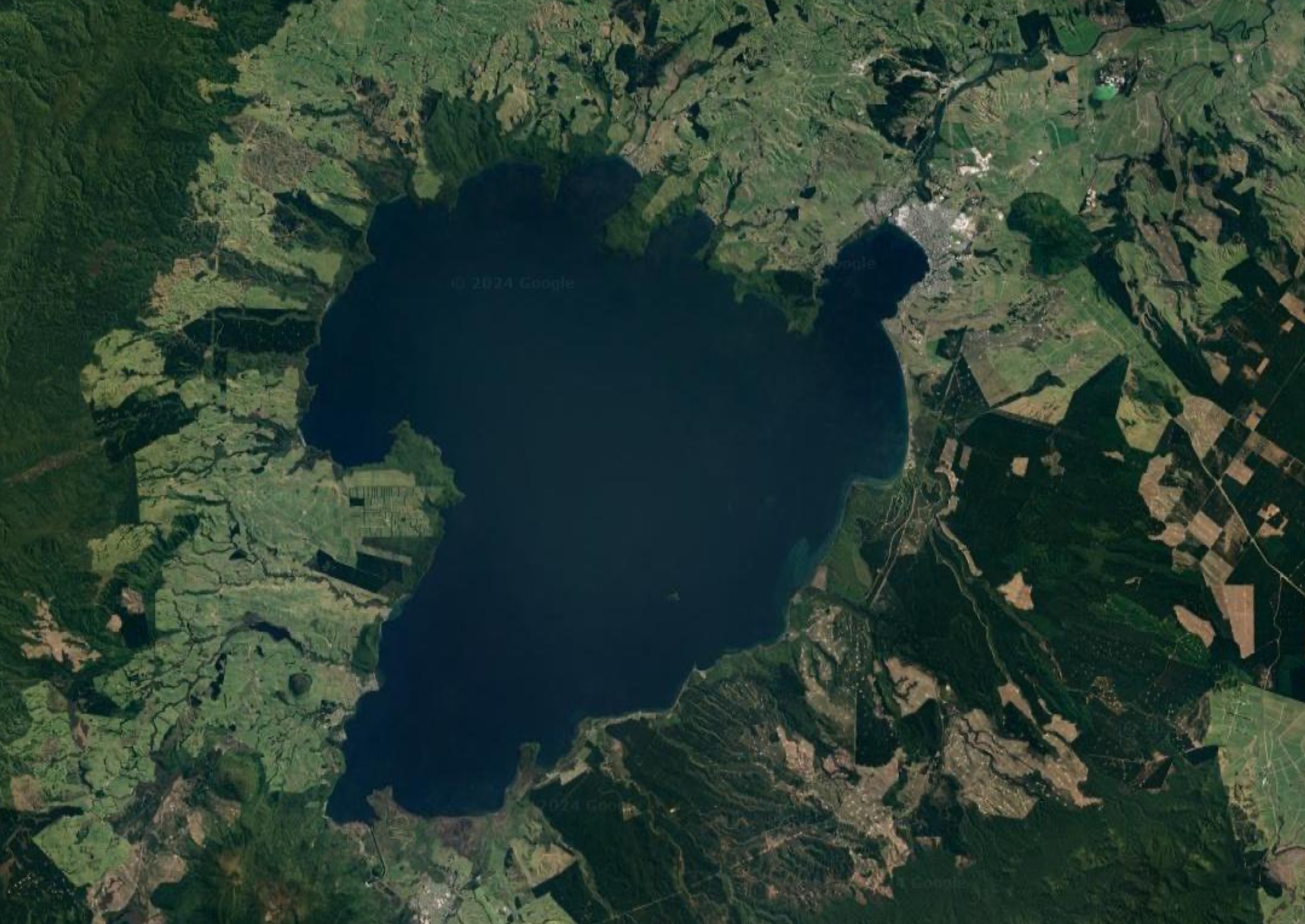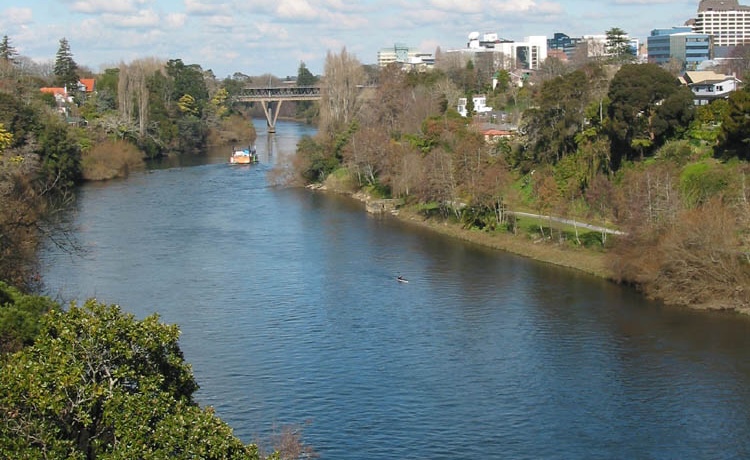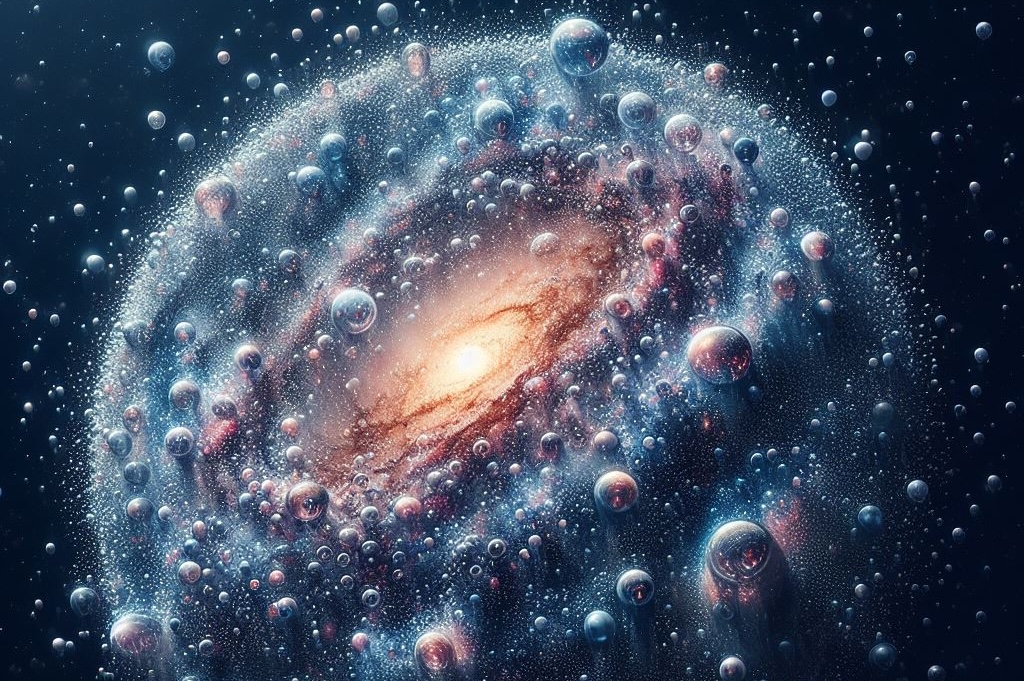It rained a lot in Auckland in 2023. The charts below show cumulative rainfall at NIWA weather stations in Auckland for 2023 compared to all other available years for each station. The station with the longest history is Auckland Airport and from 1963 to 2022 the annual average rainfall was 1,113mm. In comparison that station recorded a total of 1,723mm in 2023 (about 1.5x the average). Just over 2,000 mm of rain was recorded in Albany (north Auckland) and Whenuapai (west Auckland).

2023 cumulative rainfall at Auckland weather stations (data source: NIWA)
So, just how much rain in total fell on Auckland in 2023? Each one millimetre of rainfall corresponds to one litre of water falling on each one square metre of land. The urbanised area of Auckland is 607 square kilometres or 607,000,000 square metres (the area of the entire Auckland region is 4,894 square kilometres, but let’s just focus on the urban area).
We don’t have rainfall measurements for everywhere in Auckland but let’s use the average of the five weather stations in the chart above for an overall average of 2023 rainfall in the Auckland urban area. This is 1,922mm.
Multipling by the land area, we find that approximately 1.17 trillion litres of water fell as rain on the Auckland urban area in 2023. This is a really big number. Let’s convert it to some other units of measurement to try to make sense of it.

An Olympic size swimming pool (photo by Marcelo Uva on Unsplash)
An olympic sized swimming pool holds 2.5 million litres of water. This means that 466,540 olympic pools worth of water fell on the Auckland urban area in 2023. That’s still a really big number. We need to go bigger!

The ultra large crude carrier AbQaiq (photo from Wikipedia)
The holding capacity of an ultra large crude oil carrier (supertanker) is about 320,000 cubic metres or 320 million litres. By this measure, the 2023 rainfall was equivalent to 3,645 supertankers worth of water. Let’s go even bigger!

Satellite view of Lake Taupō (screenshot from Google Maps)
Lake Taupō is New Zealand’s largest lake and holds a whopping 59 cubic kilometres of water (on average). This means that 2023 Auckland rainfall was equivalent to only 2% of the water in Lake Taupō. Ok, Lake Taupō is really huge.

A shower (photo by Chandler Cruttenden on Unsplash)
Possibly the only positive about all that rain was that there was no risk of a water shortage in Auckland. An average domestic shower head has a flow rate of 14 litres per minute. At that rate, 2023’s rain could keep your shower going for 158,506 years.

Picture of the Waikato river at Hamilton (photo from Wikipedia).
The mighty Waikato river has an average flow rate of 340 cubic metres per second. At that rate, all the rain that fell on urban Auckland in 2023 would take 40 days to flow down the river.

Raindrops (photo by Alex Dukhanov on Unsplash)
Finally, all that water fell on Auckland as … individual raindrops! Raindrops are quite variable in size, with measurable raindrops ranging from 0.001 ml to 0.3 ml in terms of volume. Torrential raindrops can be even larger, up to 2 ml. Since rain in Auckland tends to be on the heavy size, let’s assume an average raindrop volume of 0.5 ml per drop. With this assumption, 2,333 trillion raindrops fell on urban Auckland in 2023.
That’s another really big number. There are maybe 250 billion stars in the Milky Way galaxy, which means that if each raindrop was one star, about 9,331 Milky Way galaxy’s stars worth of raindrops fell on Auckland in 2023.

AI image of a galaxy made of raindrops
